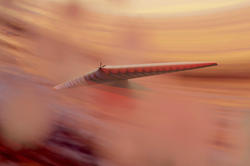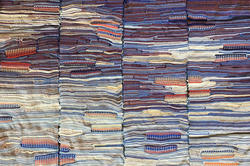As they complete their last semester, four graduating students offer their take on the RISD experience.
Class of 2021 Q&A | Sculpture
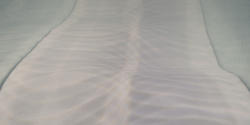
Seniors Grace Horan 21 SC, Violet Moore 21 SC, Henry Newman 21 SC and Aryana Polat 21 SC reflect on why they opted for the Sculpture department and how various people and places helped to shape their practices and make the pandemic months meaningful.
Why did you decide to major in Sculpture?
Polat: I feel a genuine sense of joy when creating 3D objects. For me, it’s less restrictive than working on paper or canvas.
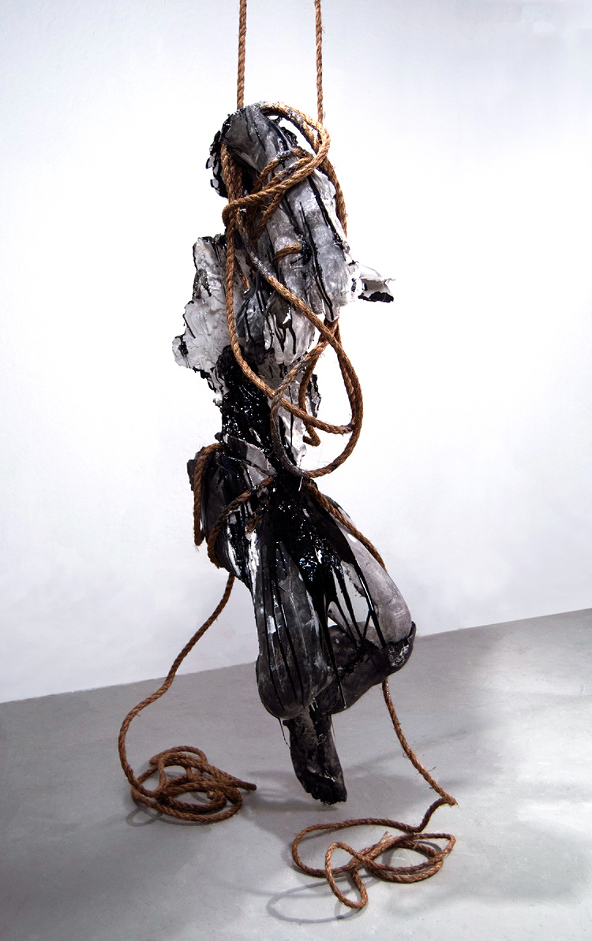
Moore: I started out studying textiles, which is a slow medium. So, it was really exciting to make big things quickly in the Sculpture department, and it pushed me emotionally.
Horan: I started in another major too and then heard that the Sculpture students were welding, and I was jealous! [laughs] I mainly use metal and am always in the foundry.
What other materials do you enjoy working with?
Newman: I’m categorically a “mixed media artist.” Most of my work has something to do with light, so sometimes I say that light is my medium.
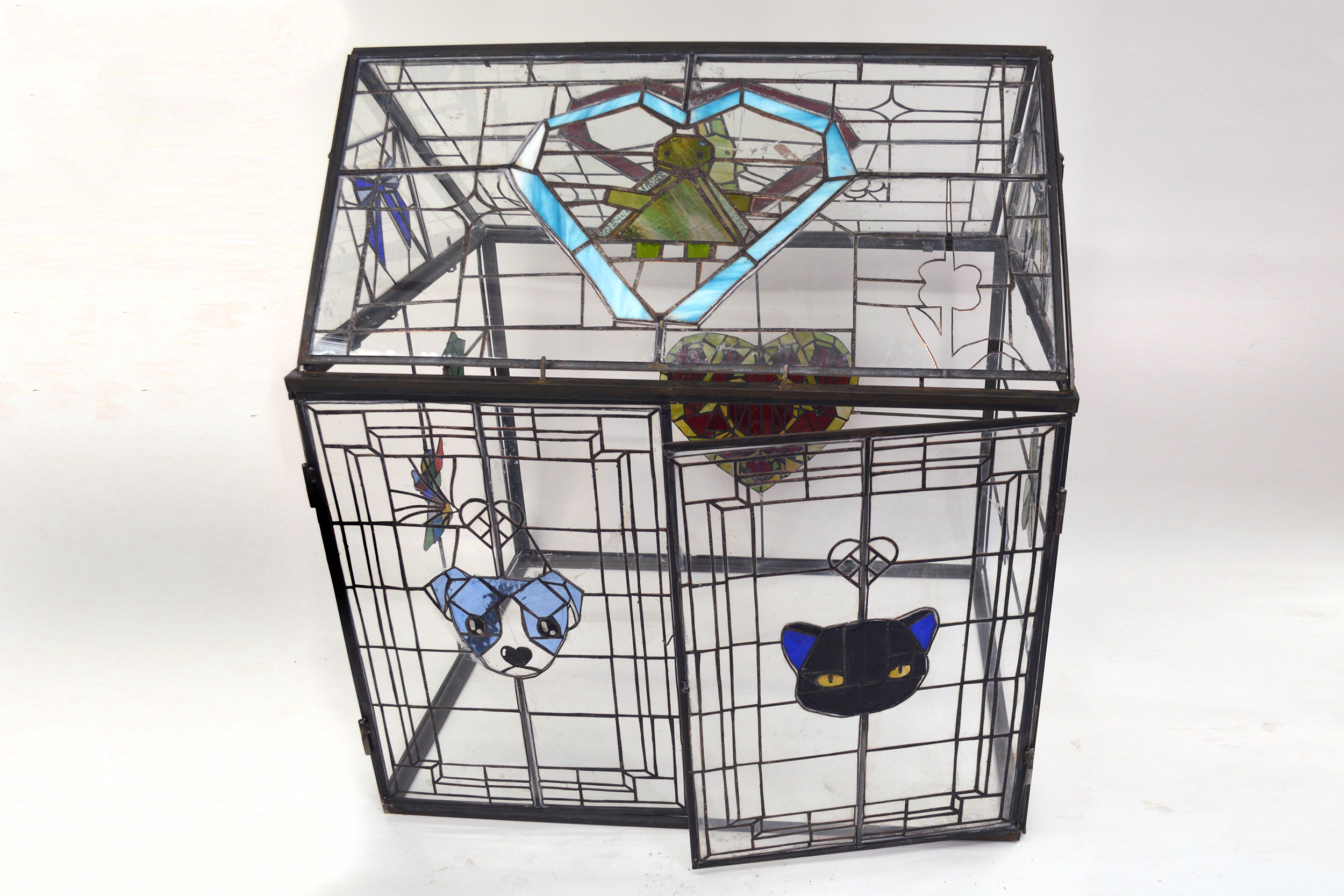
Polat: I love resins and plastics but also metal because it speaks the language of industrialization and allows me to create anti-gravitational works. I’ve been making a lot of videos recently, and I like using ink, which has a lot of the same qualities as oil in video.
Moore: I’ve been doing performance lately, and I also enjoy woodworking and writing.
Any key classes, professors or experiences that have helped to shape your vision?
Horan: Doug Borkman, who runs the foundry, is the reason I love sculpture. There’s such a good community in the shop, and having that space has been really important, especially during COVID. It’s what kept me sane last summer.

Newman: I want to give a special shoutout to Doug as well. He makes the foundry a place that’s accessible to everyone. And I also really appreciate [faculty member] Maia Chao MFA 17 GL, who has a way of helping everybody with their own work rather than pushing her goals and ideas.
Polat: Also, Dean Snyder, who was my DP advisor. I’ve been in discussion with Dean throughout my years at RISD, so he’s really been able to see my growth.
Moore: I took three poetry classes with Mairead Byrne, and she was incredibly helpful in developing my voice. In the Sculpture department, I’m most indebted to Carla Edwards.
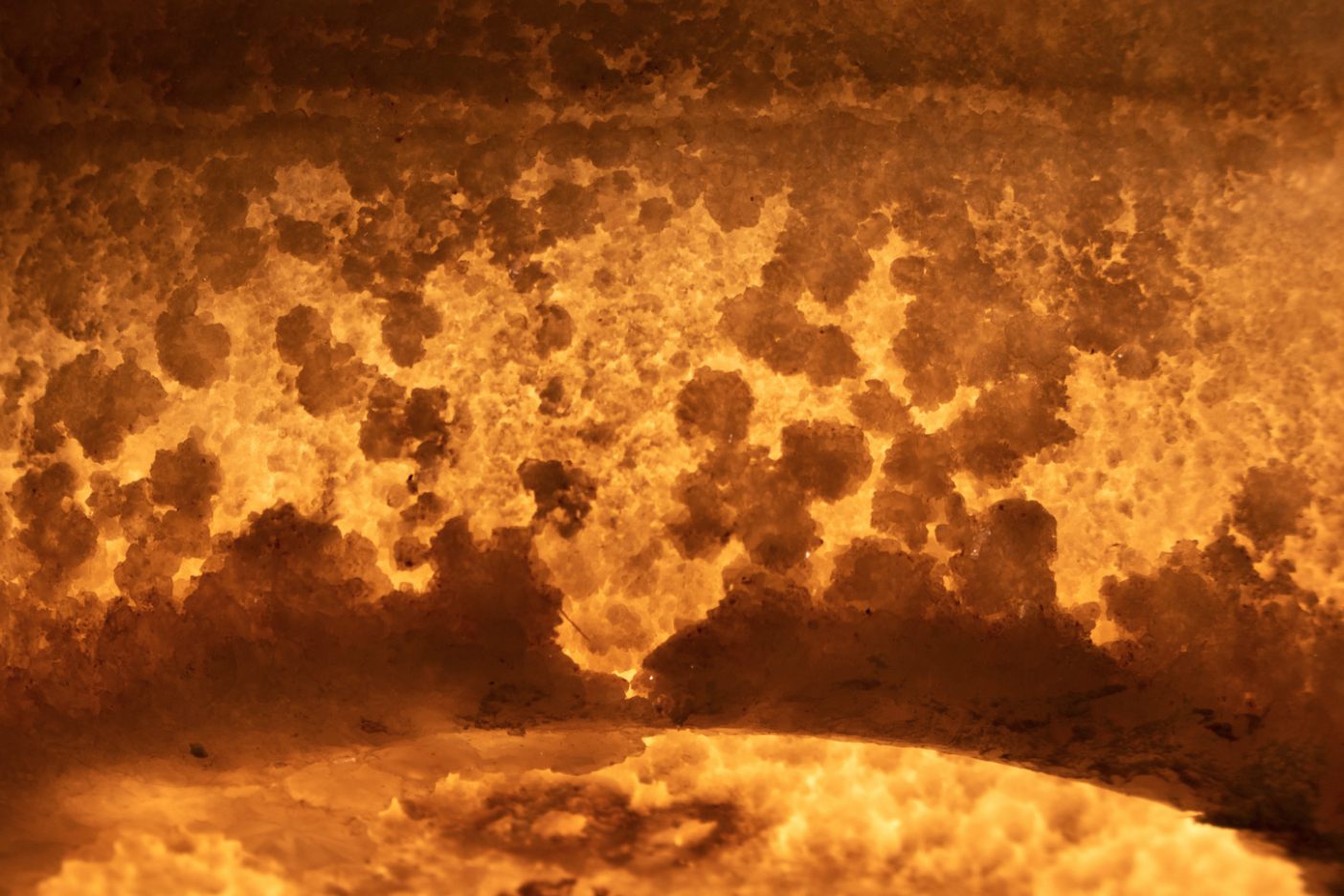
How would you describe your practice and the degree project you’re working on?
Newman: I made a piece a couple of years ago that raised emotions and questions I’m still trying to answer—a kind of heavy emptiness. I’ve been trying to replicate that experience, that melancholy, and what it meant to me. I have more of a framework than I had before and have been reading Freud’s Mourning and Melancholia, Sarah Ahmed’s Queer Grief and Gaston Bachelard’s The Poetics of Space, which has helped me think about how to turn theory into 3D projects.
“I made a piece a couple of years ago that raised emotions and questions I’m still trying to answer—a kind of heavy emptiness.”
Horan: Play is really important to my process—being free with what I’m making. By experimenting I can find that little thing that leads to something interesting and inspires a whole project.
Polat: My degree project is a sculptural film set made out of cloth and fiberglass that looks like a floating cave. Caves are spaces where humans have found safe haven throughout time. During the COVID shutdown last spring, I didn’t have access to the foundry so I began using video to explore these ideas. Part of the project is a short video piece I shot in the set.
Moore: I’m creating a series of performances using objects from my childhood I’ve been carrying around with me from apartment to apartment. It’s an attempt to understand why I’m keeping these things.
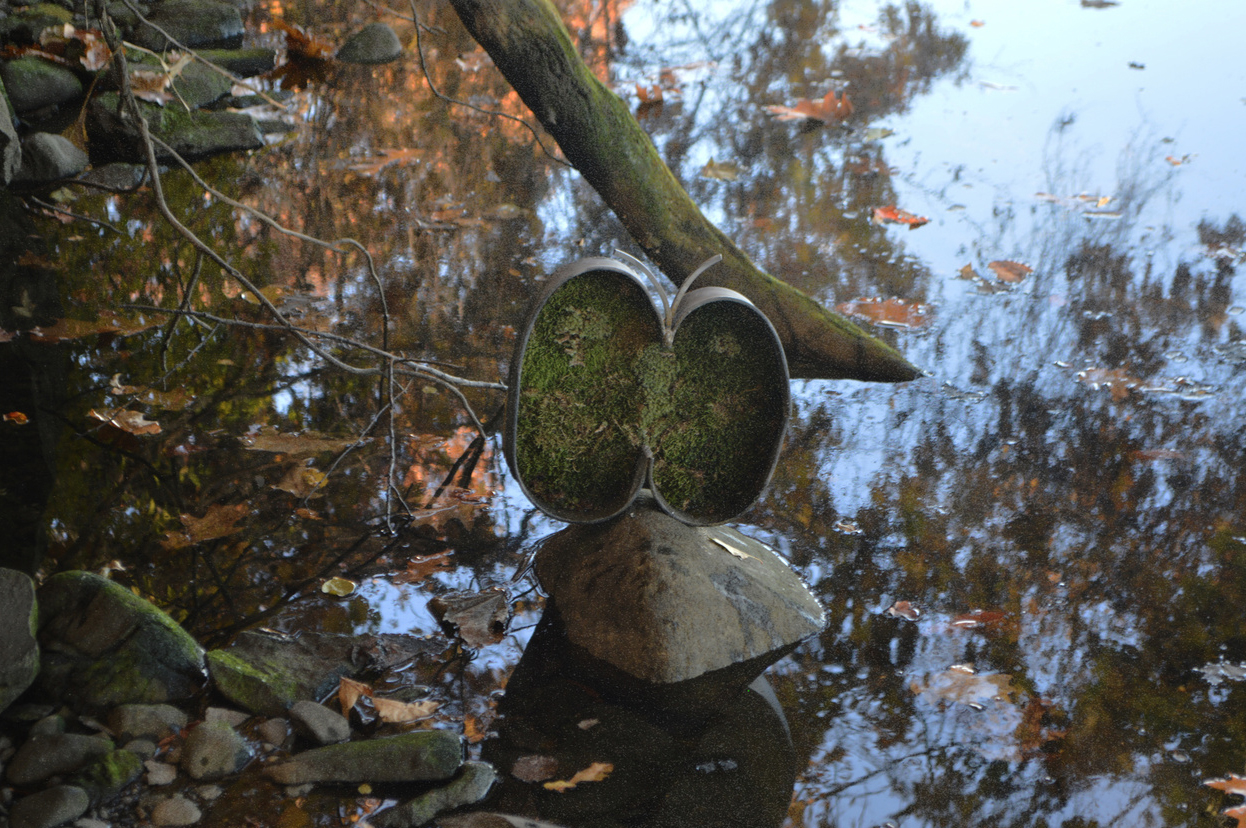
Where do you find inspiration for your work?
Newman: What I realized is that I had to make art based around my own identity before I could really venture out to making art about other things.
Polat: I’m inspired by everything and have a tendency to glob together all these tangents of thought. I’m interested in the process of excavating natural resources but also anti-gravitational magic and imagery from Iranian art and allegory.
What’s special about RISD?
Horan: I think what makes RISD unique is the work ethic. People are really passionate here, which is inspiring.
“At RISD you have the freedom to explore and experiment, and it’s OK to fail. It’s all about your personal development as an artist.”
Polat: At RISD you have the freedom to explore and experiment, and it’s OK to fail. It’s all about your personal development as an artist. I also think it’s important to acknowledge how much work the students at RISD do to push for inclusivity and dialogue about race, gender and income inequality.
Moore: RISD is such a supportive environment and there are a lot of opportunities for interdisciplinary collaboration. But what makes it really special are professors genuinely invested in student development. That helped me feel comfortable exploring my potential, and I’m so grateful.
—interview by Simone Solondz
April 27, 2021
